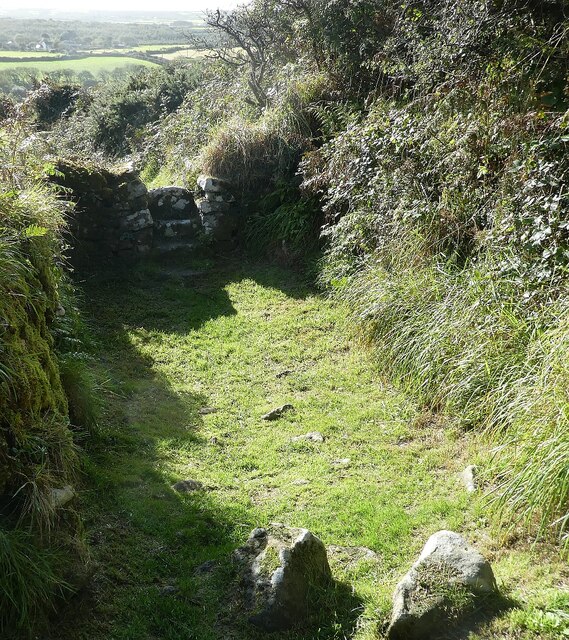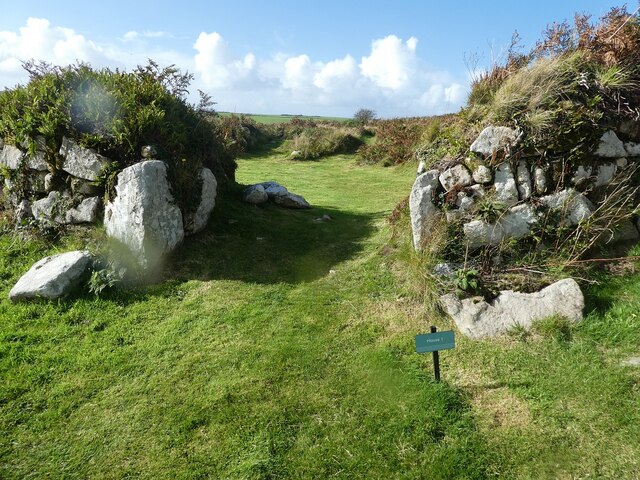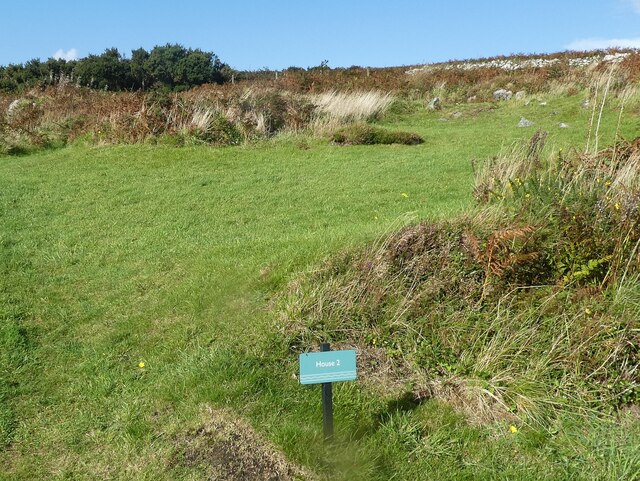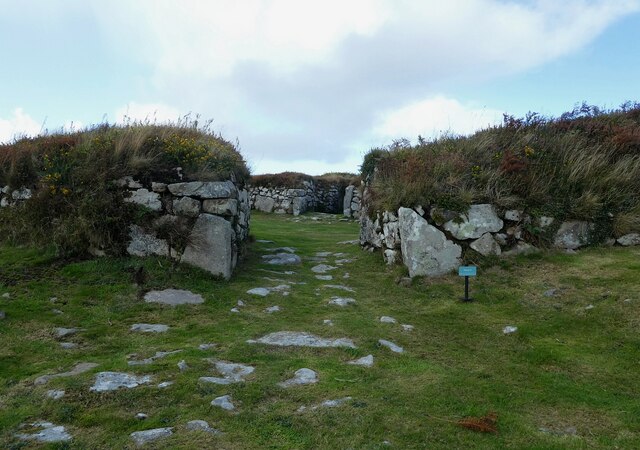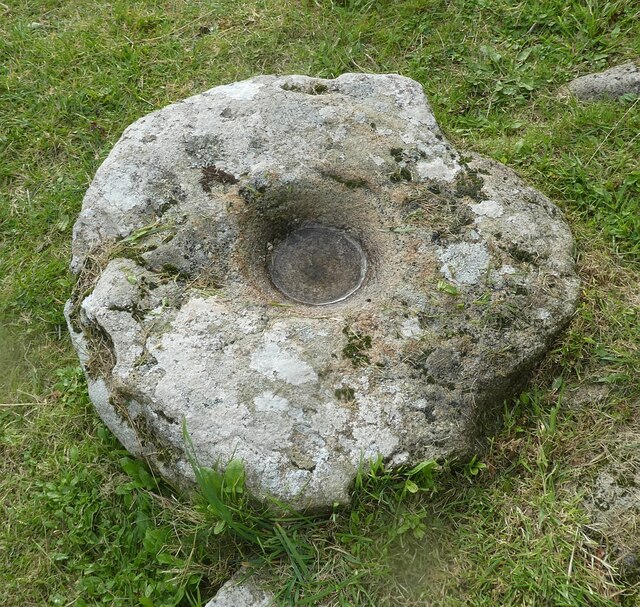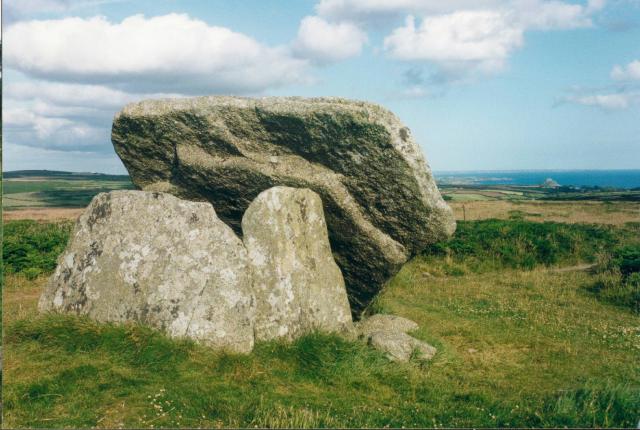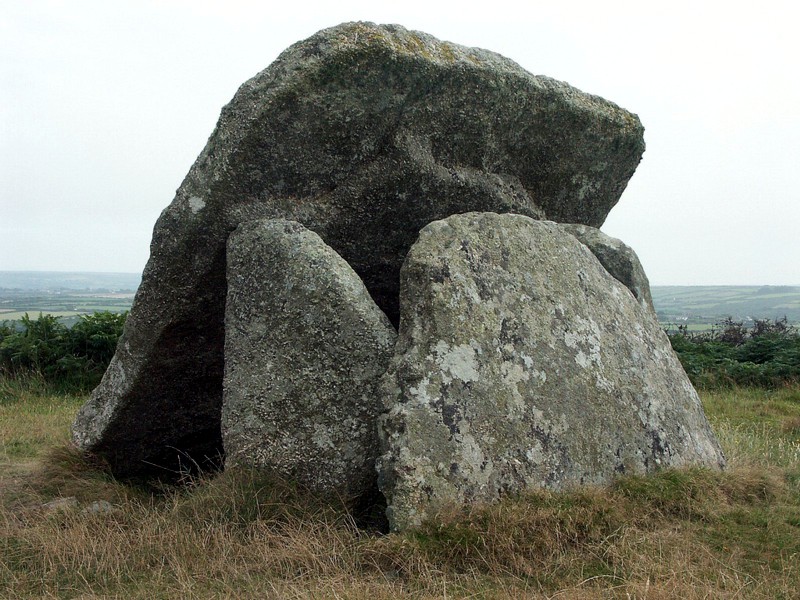Mulfra
Settlement in Cornwall
England
Mulfra
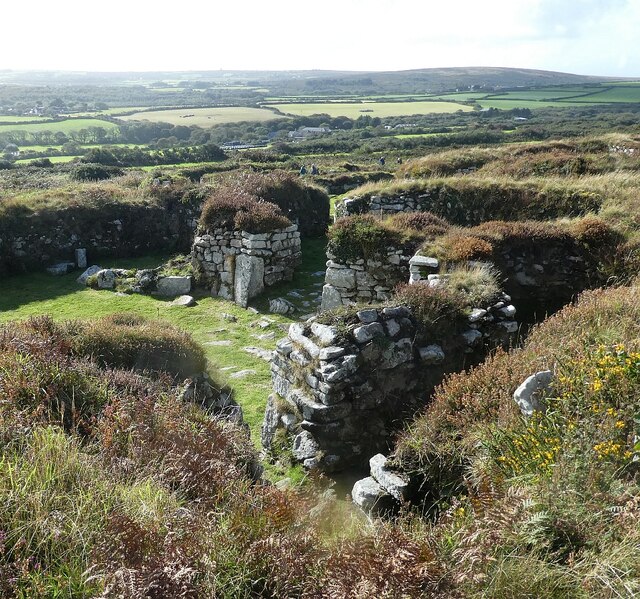
Mulfra is a small village located in the western part of Cornwall, England. Situated within the Penwith Peninsula, it is surrounded by picturesque countryside and offers stunning views of the Atlantic Ocean. The village is located just a few miles northeast of the popular tourist destination of Penzance.
Mulfra is known for its rich history, with evidence of ancient settlements in the area dating back to the Neolithic period. One of the most prominent landmarks in Mulfra is Mulfra Quoit, a megalithic tomb believed to be over 5,000 years old. This ancient structure attracts visitors from far and wide who come to marvel at its impressive architecture.
The village itself is small, with a close-knit community of residents who enjoy a peaceful rural lifestyle. The surrounding countryside offers ample opportunities for outdoor activities such as hiking, cycling, and birdwatching. The area is also known for its beautiful wildflowers, which bloom in abundance during the spring and summer months.
Despite its small size, Mulfra benefits from its proximity to Penzance, where residents can access a range of amenities including shops, restaurants, and schools. The village also benefits from good transportation links, making it easily accessible by road and public transport.
Overall, Mulfra is a charming village that offers a tranquil escape from the hustle and bustle of city life. With its rich history, natural beauty, and friendly community, it is a hidden gem within the stunning landscape of Cornwall.
If you have any feedback on the listing, please let us know in the comments section below.
Mulfra Images
Images are sourced within 2km of 50.157521/-5.564546 or Grid Reference SW4534. Thanks to Geograph Open Source API. All images are credited.
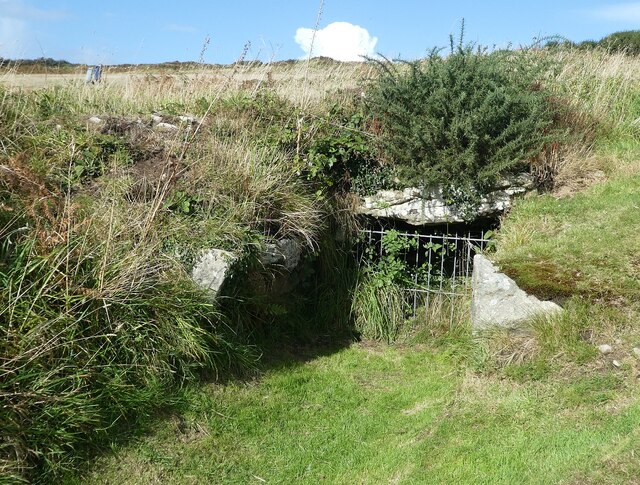
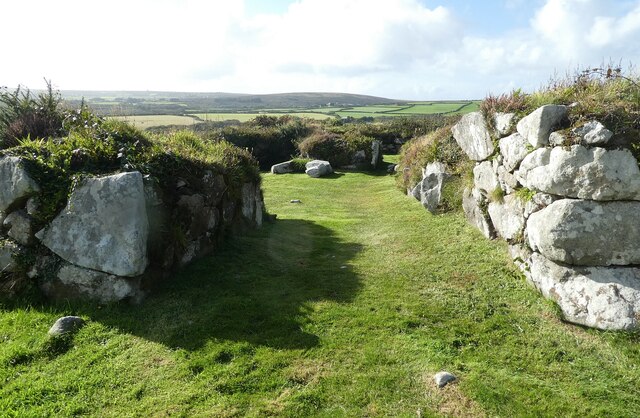
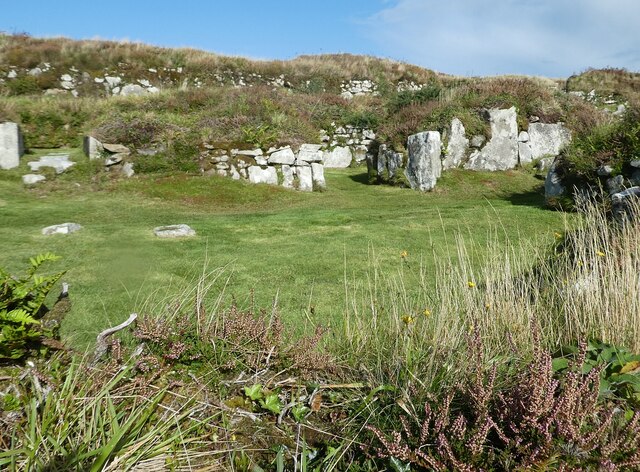
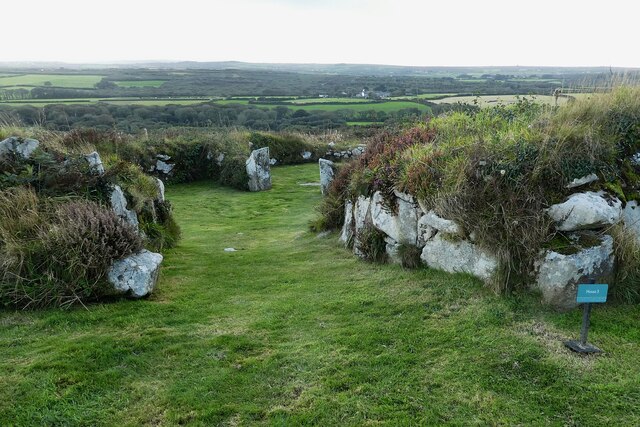
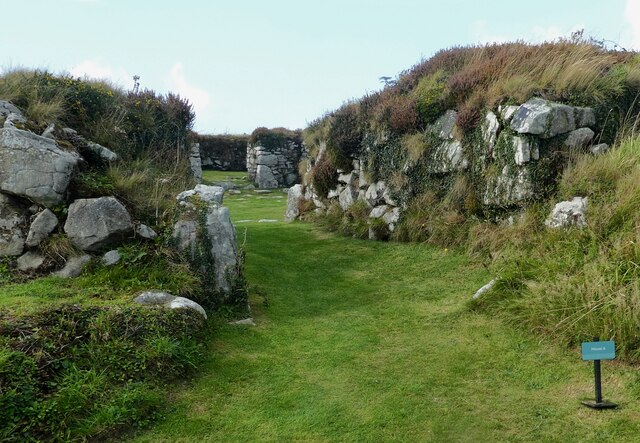
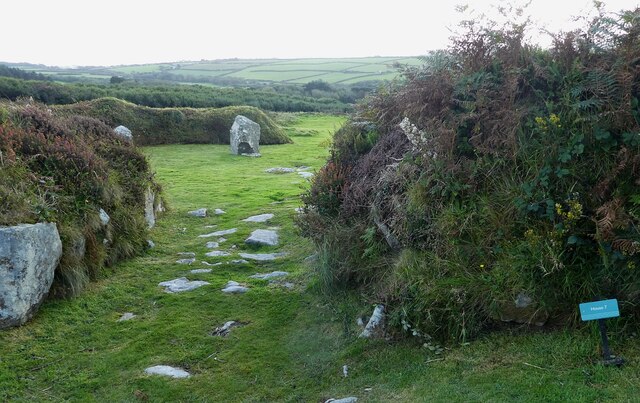
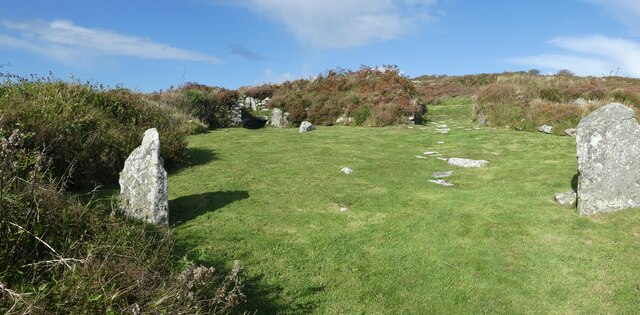
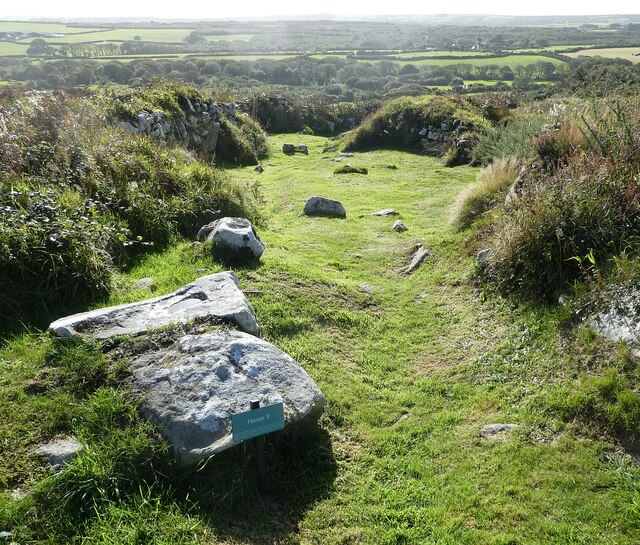
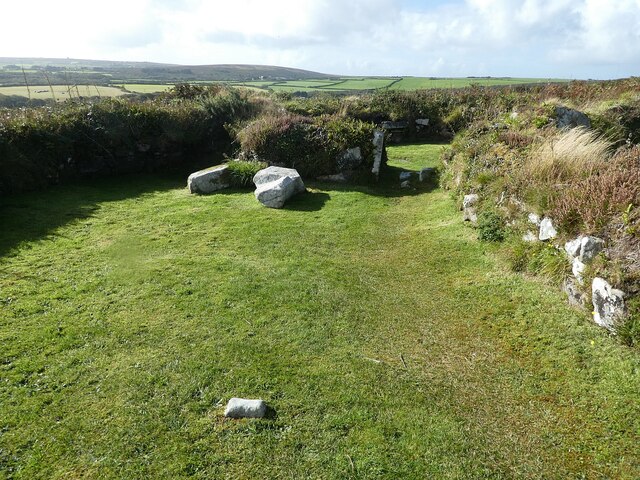
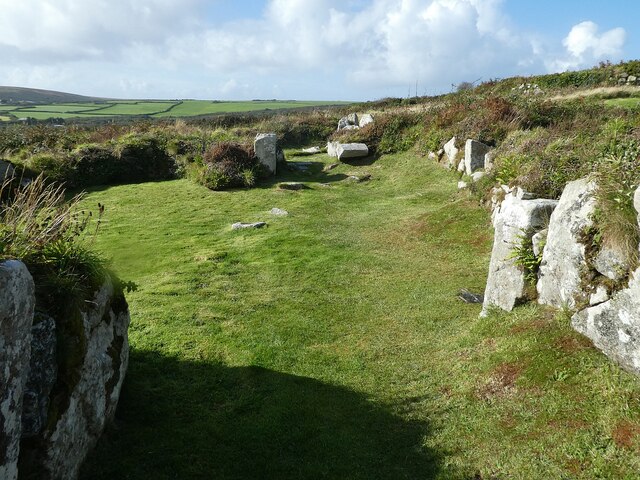
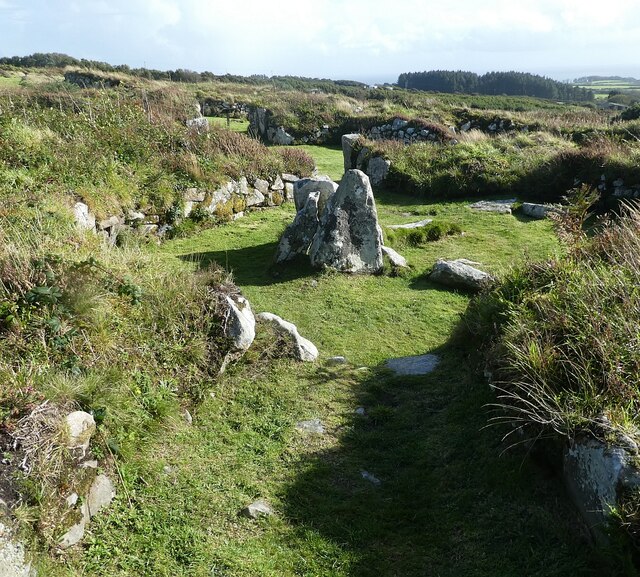
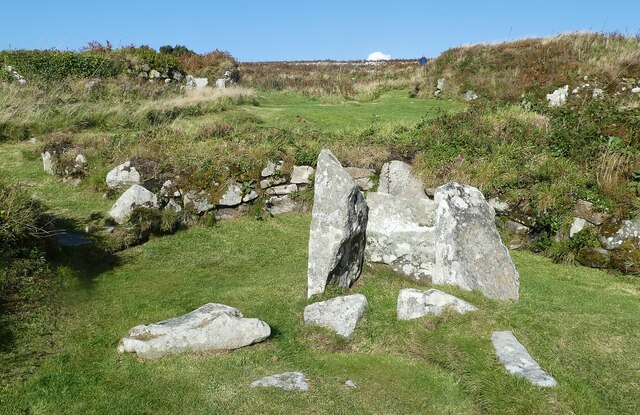
Mulfra is located at Grid Ref: SW4534 (Lat: 50.157521, Lng: -5.564546)
Unitary Authority: Cornwall
Police Authority: Devon and Cornwall
What 3 Words
///slave.supporter.models. Near Penzance, Cornwall
Nearby Locations
Related Wikis
Mulfra
Mulfra is a hamlet in the parish of Madron, Cornwall, England and is on the southern slope of Mulfra Hill. Nearby is the Scheduled monument, Mulfra Quoit...
Mulfra Quoit
Mulfra Quoit (grid reference SW451353) is a Neolithic dolmen in the county of Cornwall in England. It stands on Mulfra Hill to the north of the hamlet...
New Mill, Cornwall
New Mill (Newmill on Ordnance Survey maps) is a small settlement in west Cornwall, England. It is approximately 2 miles (3.2 km) north of Penzance on the...
Bodrifty
Bodrifty is the modern name of an Iron Age village, now in ruins, in Cornwall, England, United Kingdom. It is 700 yards west of Mulfra Hill in Penwith...
Nearby Amenities
Located within 500m of 50.157521,-5.564546Have you been to Mulfra?
Leave your review of Mulfra below (or comments, questions and feedback).
